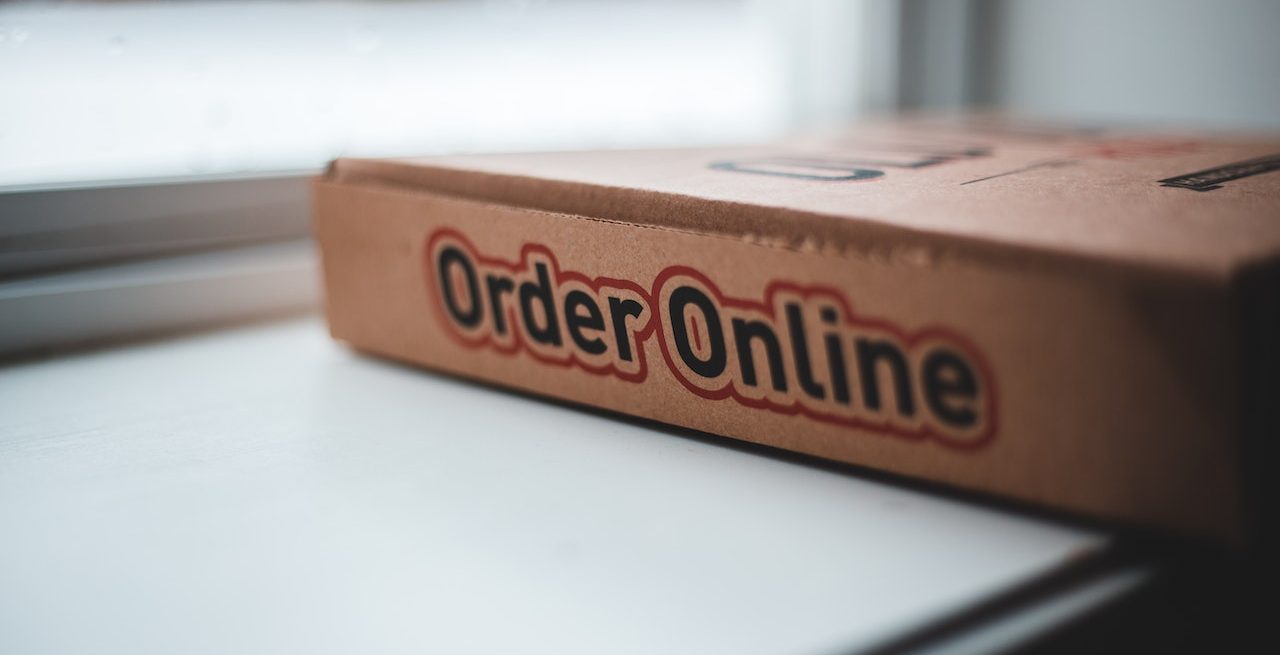Ordering Channels and Preferences Have Shifted: How Restaurants Can Win The Customer
5 Min Read By Andrew W. Custage
Surging prices have been top of mind for consumers for two years and counting, leaving restaurant leaders questioning how inflation might influence diners’ behavior and overall spending habits, including their usage of digital ordering and third-party delivery apps– both of which gained momentum during the pandemic.
While restaurants might have expected to see a bigger shift back to in-person transactions as a result of customers looking to cut costs, there simply hasn’t been a dramatic change in behavior.
Instead, two recent research reports, The State of Third-Party Delivery and The Biggest Consumer Insights Trends of 2023 (So Far), shed light on how delivery has become a preferred dining option for many consumers and an important part of the omnichannel restaurant customer journey that brands can’t afford to overlook. As part of these studies, Medallia Market Research analyzed the credit and debit transactions of more than five million U.S. consumers and conducted multiple market research surveys of more than 2,000 participants to gain consumer insights related to third-party ordering and inflation. These findings reveal how delivery apps are shaping dining experiences and loyalty, which could prompt a need for restaurant owners to pivot their strategies.
Delivery Apps Have Become a Critical Channel for Customer Acquisition
About one in four consumers — 27 percent of Gen Zers and 21 percent of all other generations — say their preferred restaurant experience is ordering delivery from third-party apps like DoorDash and UberEats or from restaurants directly via their phone, website or app. In fact, Gen Z consumers specifically prefer delivery over dining in person (only 24 percent say in-person dining is their #1 choice).
Even though most consumers say they’ve become more price sensitive than they were a year ago and that inflation has caused them to re-think how often they use delivery services, there’s been a significant amount of stickiness and habit building around delivery.
Third-party ordering has remained steady over the past year and has maintained the tremendous growth it first experienced during the pandemic. When looking at DoorDash data in particular, both transaction volume and average check size are up year over year.
These trends signal that delivery habits and platforms are here to stay as customers seek convenience, a factor that most consumers say is more important today than it was a year ago. This preference will likely persist and potentially grow over time as Gen Zers become a much bigger part of the total market. With these shifts in mind, restaurants can benefit from developing a comprehensive omnichannel strategy that’s inclusive of delivery apps as research, discovery and acquisition vehicles. This is especially true when taking into consideration that only about half of consumers say they know where they want to order from when using delivery services, while 42 percent say they browse through the options available in delivery platforms before deciding where to order from.
The delivery experience is a new and evolving part of the customer journey, one that restaurant brands need to better understand. This can be done by collecting customer feedback via surveys, conducting social listening and analyzing other customer signals from interactions customers have across owned and third-party touchpoints along the omnichannel journey. This may include visit patterns, customer service interactions, loyalty membership program data and marketing campaign engagement data. Market research can also shed light on what’s happening when customers are dining with the competition.
Delivery Apps Are Influencing Customer Experience and Loyalty
For some diners, delivery platforms may shape the entire customer experience. In fact, roughly one in five consumers may not make the jump from delivery to dining in person — 18 percent of consumers say the restaurant they most recently ordered from online is one they've never visited in person. In these instances, as well as for customers who switch back and forth between in-person dining, delivery and to-go orders, it’s important for restaurants to understand the impact on customer satisfaction and evaluate whether the delivery experience is in line with the full experience the restaurant typically provides.
Most consumers (57 percent) say they prefer ordering food directly from restaurants via their phone, website or app compared to third-party platforms (28 percent). Given the fact that first-party ordering appears to be correlated with higher customer satisfaction, this preference makes sense. Consumers say it’s easier to order and that food freshness and temperatures are better when ordering with restaurants directly.
As more brands realize the full potential of third-party ordering apps as acquisition tools, then the next priority should be to encourage customers who first try out the restaurant via a delivery platform to place their next orders with the brand directly via their owned, first-party channels. This could be in person at one of the brand’s locations, online or over the phone, to enhance the customer experience, boost customer satisfaction and ultimately drive repeat business.
For some restaurants, not offering delivery directly may be one of the biggest obstacles preventing third-party customers from converting into first-party customers (in fact, this is the #1 reason customers cite for not selecting first-party ordering). However, even those restaurants that offer delivery might be losing customers to third-party platforms because of other issues, such as a lack of customer awareness about delivery offerings, less competitive promotions compared to those available on third-party apps as well as inconvenient challenges that hinder customers from placing or getting in touch about orders. These factors are other top reasons consumers cite for not selecting first-party ordering.
Overcoming these barriers can help restaurants secure more wallet share for deliveries, but restaurants must actively educate customers on the benefits of ordering directly with their business and sweeten the deal with special offers exclusive only for first-party orders.
Customers say they’re more likely to select first-party delivery if they see lower menu prices and fewer fees, can earn loyalty rewards, experience faster delivery and if they receive a promotion or coupon in their delivery bag that can be used directly with the restaurant. This comes as individuals are adapting to inflation by conducting more price research, and 45 percent of consumers say they’re comparing the cost of ordering via third-parties versus with restaurants directly. As a result, the time is ripe for restaurants to educate customers about the potential to save and earn perks.
While restaurants work to optimize their first-party delivery offerings, personalization, convenience and flexibility are additional key elements of the equation. Consumers say some of the top factors that elevate the delivery experience include being alerted when and where the food arrives (and even getting a picture of where the order has been left); receiving condiments, napkins and utensils by default; getting to choose how the food is delivered (i.e. left at the door or handed off); receiving restaurant coupons/menus for future orders; and being able to schedule a delivery for a future moment in time.
For some diners, delivery platforms are the start of their customer journey. For others, for whom delivery is the preferred way to indulge in a restaurant meal, delivery may make up their end-to-end lifetime experience. As Gen Z grows in importance as a customer base, delivery will become a more permanent part of the omnichannel restaurant experience.
Implementing the strategies presented here can empower brands to optimize the evolving omnichannel restaurant customer experience and convert more third-party delivery customers into first-party customers.


